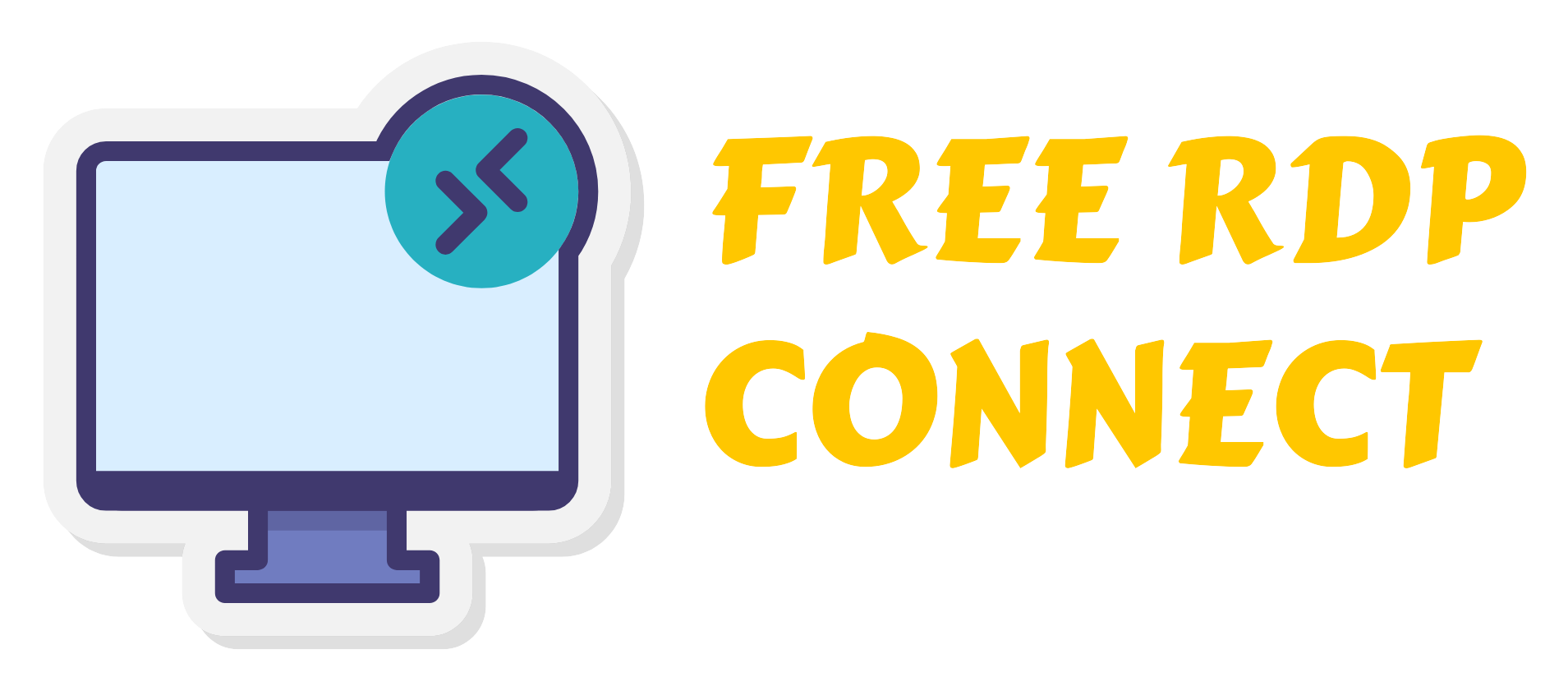In 2025, creating a free website is easier than ever, thanks to numerous platforms offering zero-cost solutions. Whether you’re a blogger, small business owner, or just want an online presence, here’s how you can get a free website without spending a dime.
1. Use Free Website Builders
Several website builders offer free plans with essential features:
- Wix (wix.com) – Free subdomain (yourname.wixsite.com), drag-and-drop editor, and templates.
- Weebly (weebly.com) – Free plan with basic features and a Weebly-branded domain.
- WordPress.com – Free blog or website with a WordPress subdomain (yourname.wordpress.com).
- Google Sites (sites.google.com) – Simple, no-frills free website with Google integration.
Limitations: Free plans usually include ads, limited storage, and a branded domain.
2. Get a Free Domain Name
While most free website builders provide a subdomain, some services offer a free custom domain for the first year:
- Freenom (freenom.com) – Offers free domains like
.tk,.ml,.ga, etc. (Note: Check availability as some may be restricted). - InfinityFree (infinityfree.net) – Free hosting with a free subdomain or option to connect a custom domain.
3. Free Web Hosting Services
If you want more control, consider free hosting providers:
- InfinityFree – No ads, PHP/MySQL support, and 5GB storage.
- 000WebHost (by Hostinger) – Free hosting with a subdomain, no forced ads.
- AwardSpace – Free hosting with limited features but no ads.
Note: Free hosting often has bandwidth limits and slower speeds.
4. Open-Source CMS with Free Hosting
For more flexibility, use free Content Management Systems (CMS) like:
- WordPress.org (requires hosting, but some free hosts support it).
- Joomla or Drupal – More advanced but need free hosting setup.
5. GitHub Pages (For Developers & Tech-Savvy Users)
If you know HTML/CSS or static site generators (like Jekyll), GitHub Pages offers free hosting with a yourname.github.io domain.
6. Use a Free Website from Social Media
Platforms like Facebook Pages, LinkedIn, or Carrd can act as simple free websites.
Final Tips for a Free Website in 2025
✔ Choose the right platform based on your needs (blog, business, portfolio).
✔ Optimize for SEO even on free plans to increase visibility.
✔ Upgrade later if you need a custom domain or more features.
With these methods, you can launch a free website in 2025 without any cost. Start building your online presence today! 🚀
Would you like recommendations based on your specific needs (blog, business, portfolio)? Let me know!


